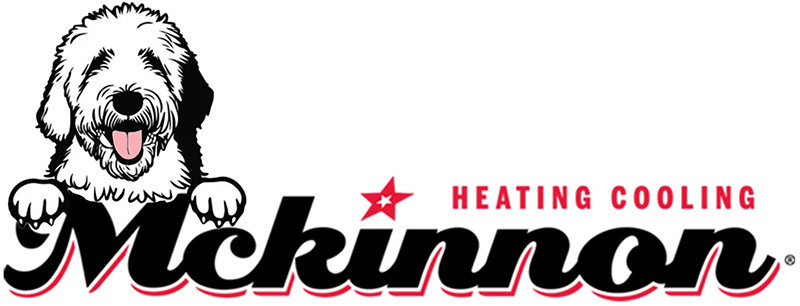Winter is on its way and that means it’s time to make a thorough inspection of your home to ensure that it’s ready for the freezing nights, and potential power outages from too much snow. Below is a list of steps to take before the harsh winter months are upon us.
Inspect the Heating System
Regardless of what kind of heating system you have in your home, give it a test run. Check that the thermostat works and that the unit turns on and off as it should. If you use a furnace, have a service technician perform an inspection and cleaning of it. Replace any filters, including air and fuel, as needed.
Air Conditioning Units
One of the most neglected components in the home in winter is the air conditioning unit. If you have central air, make sure you clean out the unit of debris, such as leaves and small twigs. You should also cover the unit to keep snow and water from sitting inside it over the winter, causing rust and other damage. If you have window units, remove and clean them and then store in a cool, dry location.
Chimneys and Fireplaces
Have your chimneys and fireplaces inspected every autumn/fall. The older your home, the more important it is to ensure that the chimney isn’t damaged, cracked, or compromised in any way. A small crack in the chimney could expose insulation, wood, and other flammable materials in the walls of your home to the flames. A small investment is worth the peace of mind you’ll receive.
Attend to the Plumbing
Outdoor plumbing, such as hose valves can freeze in the winter. Turn of the water to these faucets and then open the faucets part way. If you have pipes in a basement or crawl space that are exposed to cold air, cover them with pipe insulation.
Inspect Doors and Windows
Most of the heat that your furnace or fireplace produces ends up escaping through drafty windows and doors. This can cost a great deal of money. Check your windows and doors for drafts and insulate as needed. Placing plastic over windows is an effective way to improve insulation. Using draft dodgers along the base of doors is another easy, cost-effective way to save money on your heating bill.
Inspect Insulation in the Attic
Insulation should be replaced every six years, on average. Check the insulation in your attic. If it appears as though it’s old, flattened down, dirty, or falling apart, this could cost you a great deal of money on your heating and place unnecessary pressure on your heating system. Replacing the insulation when needed is an important investment.
When you take the right steps to ensure that you’re home is ready for winter, you’ll save money and headaches when the snow begins to fall.

